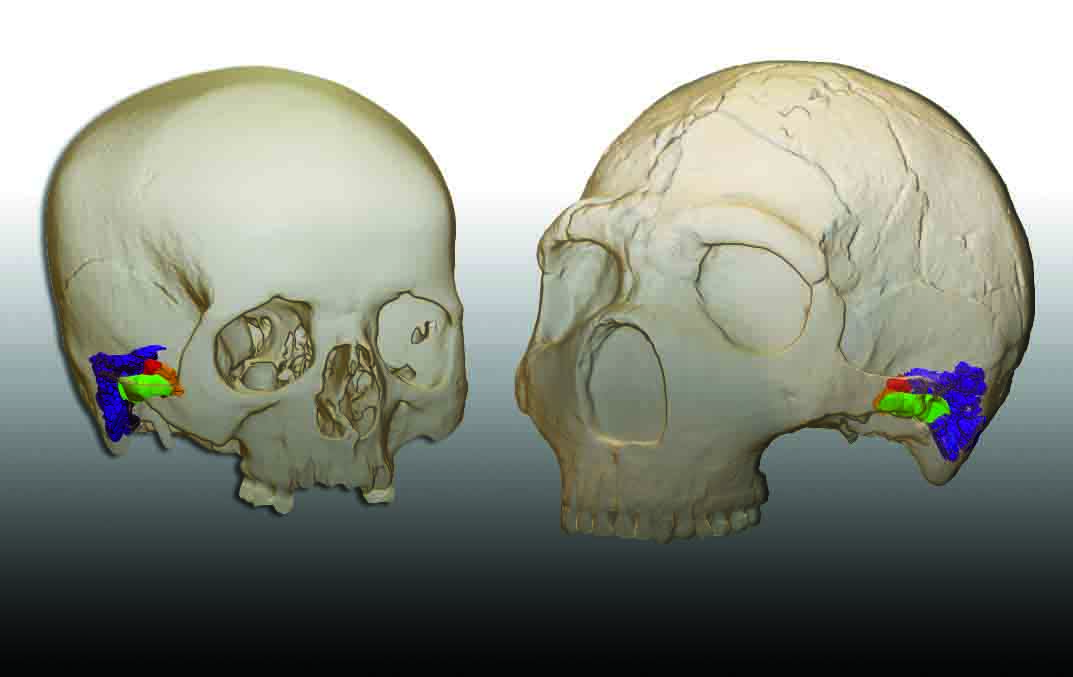
SEATTLE, WASHINGTON—A new study of Neanderthal anatomy suggests the extinct human relatives had greater lung capacity and straighter spines than modern humans, according to a report in New Scientist. An international team of researchers created 3-D scans of the remains of Kebara 2, a 60,000-year-old male Neanderthal skeleton discovered in Israel in 1983, and compared them with scans of living modern human men. Asier Gómez-Olivencia of the University of the Basque Country in Spain said the shape of the Neanderthal rib cage could have accommodated a larger diaphragm, making it possible for the individual to take in a large amount of air without expanding his ribs. Neanderthals probably required more air than modern humans to power their greater muscle mass, he explained. The large thorax may have also helped Neanderthals to conserve heat in cold regions as well. For more, go to “Decoding Neanderthal Genetics.”










